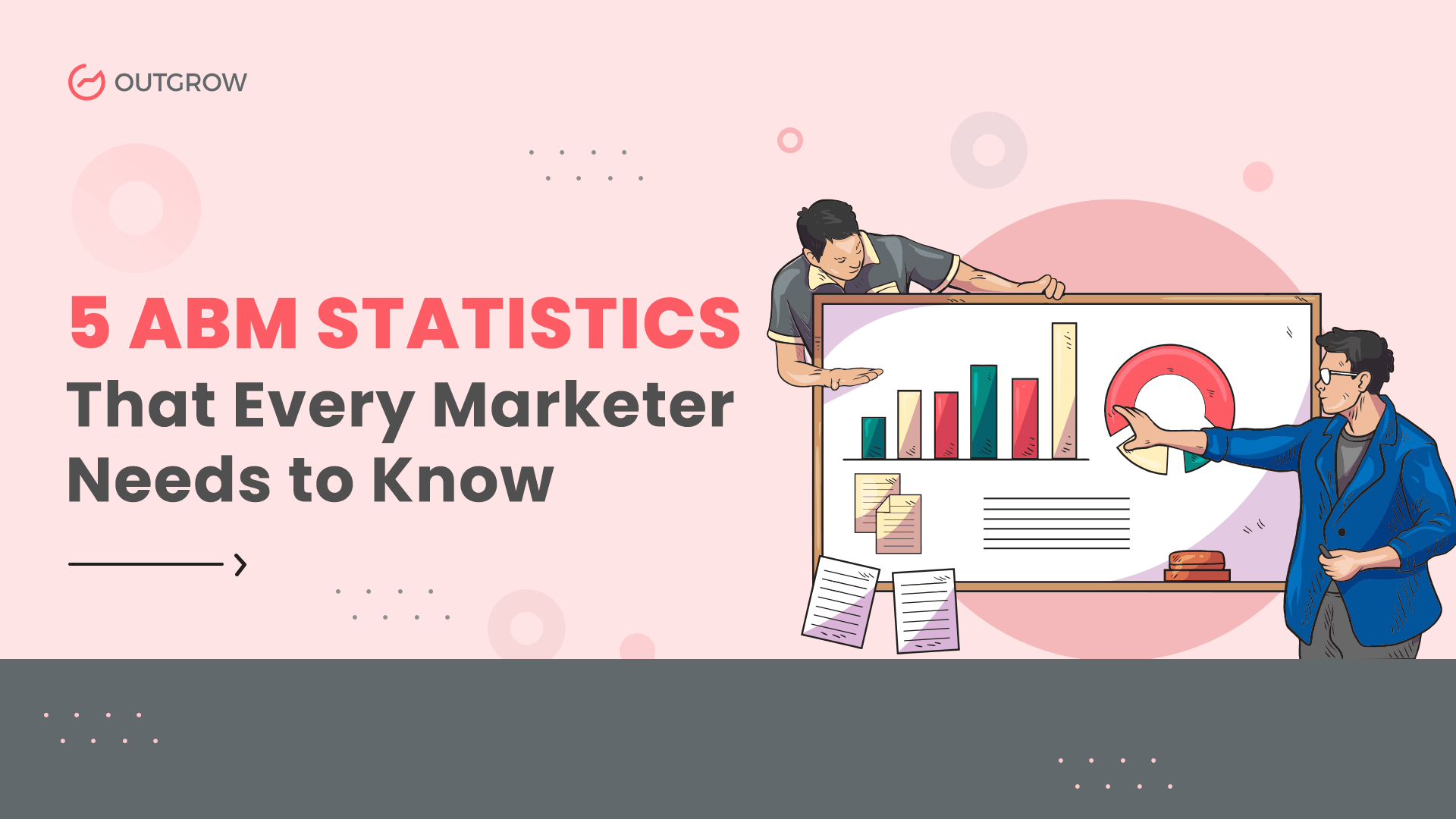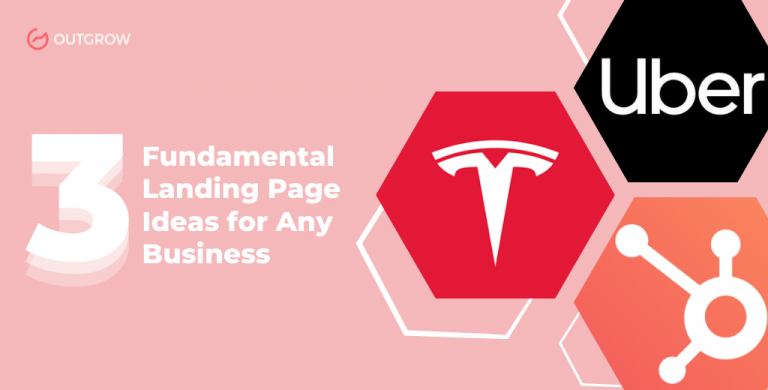5 ABM Statistics That Every Marketer Needs to Know
Table of Contents
Imagine you are able to sell directly to your best-matched, high-value clients. Imagine the time you’ll save when you don’t have to interact with all the leads that aren’t the best fit for your business.
Sounds too good to be true?
This is what Account-based Marketing (ABM) allows you to do. It lets you segregate your clients and work and communicate with high-value clients.
This, in turn, helps you tailor all your efforts to your clients’ needs. Doing this will result in higher ROI and a noticeable change in customer loyalty.
In this blog, we’ll cover top ABM statistics from this year. But firstly, let’s focus on a very important question.
What Is ABM?
It is a systematic strategy for marketing and sales that concentrates on identifying and attracting a select group of valuable clients or consumers. In traditional marketing, generating leads and turning them into customers is often tedious as the leads are often not qualified and relevant.
However, in ABM, the focus is on locating key accounts or businesses that are most likely to profit from a good or service, after which marketing initiatives are tailored to those particular accounts.
Now that we have learned what ABM is, let’s dive right into ABM statistics.
ABM Statistics That Will Make You Rethink Your Strategy
1. 70% Of Marketers Have Now Put-in an ABM Program in Place
What does this mean?
Marketers have recognized the value and effectiveness of account-based marketing. 70% of them have embraced it as a strategic approach to target and engage specific accounts or customers. It indicates a growing trend and adoption of this marketing strategy within the industry.
Personalized content is one of the most effective ways to do this. By creating content that is relevant to the specific interests of each account, marketers can show that they understand the account’s needs and that they are a valuable resource. This can help build trust and credibility with the account, leading to increased sales.
2. Current Market Size of ABM Is $0.82b and Is Expected to Reach $1.45b by 2028
What does this mean?
The projection of ABM market size reaching $1.45B in 2028 clearly shows that more ABM programs will be seen in the future.
ABM is a relatively new marketing strategy, and it takes time and effort to implement it effectively.
But it has the potential to be a very effective marketing strategy, and it is only a matter of time before more marketers start to see the benefits.
3. The Search Volume for the Term “ABM” Is Over 100K a Month Accounting for a 25% Increment From Last Year
What does this mean?
The reason why account-centric marketing is becoming the new standard is that it is more effective than traditional marketing methods. Traditional marketing methods, such as mass and inbound marketing, are not as effective at reaching and engaging with specific accounts.
However, account-based marketing (ABM) aims to provide relevant and interactive content to targeted stakeholders at the right time in the sales process, with the goal of moving them further down the funnel and ultimately closing more deals.
This is the reason more and more marketers are shifting towards ABM and the search volume for “ABM” is 25% more than last year.
4. Account-Based Marketing (ABM) Can Help Sales Teams Reduce the Amount of Time They Spend on Unproductive Prospecting by up to 50%
What does this mean?
Traditionally, sales teams have used a shotgun approach to prospecting, which means they send out mass emails and make cold calls to a large number of potential customers. This approach can be time-consuming and inefficient, as it often results in a low number of qualified leads.
ABM, on the other hand, allows sales teams to focus their efforts on a smaller number of accounts that are more likely to be interested in their products or services. This can lead to upto 50% reduction in the amount of time that sales teams spend on unproductive prospecting.
In addition to reducing the amount of time that sales teams spend on prospecting, ABM can also help them to close more deals. By targeting a smaller number of accounts, sales teams can develop deeper relationships with those accounts and build trust with decision-makers. This can make it easier for sales teams to close deals and generate revenue.
5. 53% Of Businesses Use the Amount of Revenue Won as a Measure of How Successful Their ABM Approach Is
What does this mean?
Revenue won is a metric that is important to both marketing and sales teams. By using revenue won as a measure of success, marketers and sales teams can work together more effectively to achieve their goals.
Marketers should tailor their campaigns to the specific needs of their target accounts and track the results of their campaigns closely.
Besides the revenue won, 43% and 40% of marketers use accounts won and revenue per account respectively to measure ABM success.
Conclusion
The recent past has changed the way we look at and practice marketing in many ways. This blog has explored how marketers like you have handled and adapted to these changes.
As we look to the future, marketers should be prepared to adopt ABM statistics. They need to ensure that they follow the best practices, create lean strategies, generate leads with interactive content, and make customer retention a top priority while creating their ABM strategy.
So, do you want get a head-start on your ABM campaign? Start creating your first piece of interactive content with Outgrow’s 7-day free trial!
Every mature ABM program starts somewhere. Make this the year that changes it all—for the better!
Author’s Bio
Jillian creates fun, engaging, and educational content experiences that elevate the Terminus brand. When she’s not pitching crazy new content ideas to her Terminus colleagues, you’ll find her laughing too loudly or dancing to the music of ABBA.





